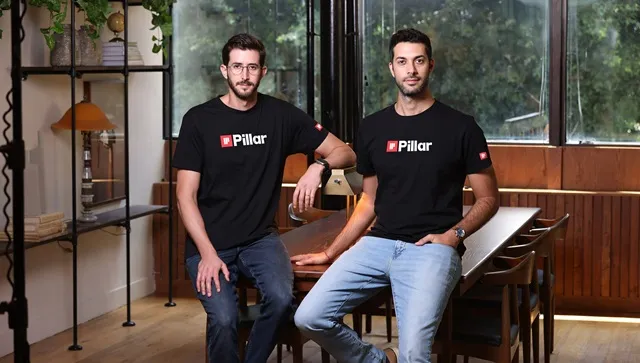Business
Pillar Security Raises $9M to Expand AI Cybersecurity Platform for Secure AI Software Development

Pillar Security, an Israeli AI cybersecurity startup focused on securing enterprise-grade AI-integrated software, has raised $9 million in Seed funding to accelerate its mission. The funding round was led by Shield Capital, the venture fund of Dan Caine, Chairman of the Joint Chiefs of Staff, and included participation from Golden Ventures, Ground Up Ventures, and other strategic angel investors.
The new capital will fuel Pillar’s R&D expansion and go-to-market strategy as it continues to build a cutting-edge, end-to-end AI security platform for enterprises.
With AI adoption skyrocketing, organizations are increasingly vulnerable to AI-specific cybersecurity threats. According to a recent Deloitte survey of 1,200 cybersecurity leaders, 77% cited serious concerns about risks like evasion attacks, data poisoning, intellectual property leakage, and AI-driven privacy violations. Alarmingly, two in five companies have already experienced an AI-related security or privacy incident—one in four of which were malicious in nature.
Please help us out :
Will you offer us a hand? Every gift, regardless of size, fuels our future.
Your critical contribution enables us to maintain our independence from shareholders or wealthy owners, allowing us to keep up reporting without bias. It means we can continue to make Jewish Business News available to everyone.
You can support us for as little as $1 via PayPal at [email protected].
Thank you.
Pillar Security’s platform is built from the ground up to address these challenges, offering purpose-built tools to protect AI software pipelines, enforce data integrity, and guard against emerging AI vulnerabilities that traditional cybersecurity solutions often overlook.
“AI is fundamentally changing the way we build software — it doesn’t just add another step to traditional processes; it introduces an entirely new lifecycle.” said Dor Sarig, CEO & Co-Founder at Pillar Security. “In the intelligence age, data is executable and software has agency. Pillar’s technology, backed by real-world AI threat intelligence, is built with this understanding, delivering a new class of protection designed explicitly for AI-related security risks. We are redefining application security to match the agentic and autonomous software of the Intelligence Age. This funding accelerates our mission to set new AI security benchmarks, empowering organizations to innovate securely and confidently, while uniting AI teams and security teams around a common language and toolset.”
Founded by Dor Sarig and Ziv Karliner in October 2023, Pillar provides security teams with everything they need to gain full visibility and control across the entire AI lifecycle. Based in Miami, Florida and Tel Aviv, Israel, Pillar is backed by Shield Capital, Golden Ventures and Ground Up.
Pillar’s end-to-end platform addresses the complete AI lifecycle and its evolving threat landscape. Pillar seamlessly integrates with existing code repositories, data infrastructures, and AI/ML platforms that teams already rely on, delivering immediate value without disrupting established workflows. It automatically maps all AI-related assets across the organization — from models and datasets to prompts, notebooks, and frameworks. Pillar rigorously tests AI models and their underlying infrastructure, applications, and agentic layers on which they’re built upon. This comprehensive approach enables Pillar to deploy customized and adaptive guardrails aligned with each AI application’s unique risk profile and specific business objectives, proactively preventing failures that directly impact operational continuity.











